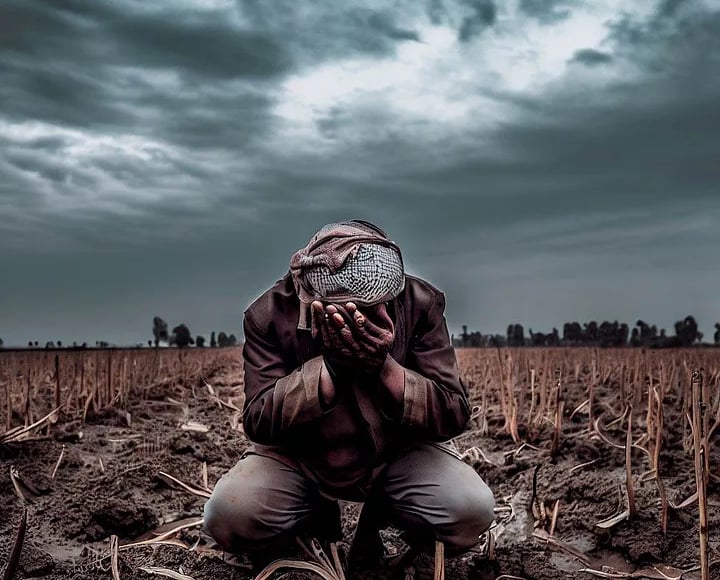Costly Year: War & Climate
Today, we are witnessing a trend where basic daily household items are becoming more expensive, such as fruits, vegetables, grains, and other groceries. However, in India, political party is not leaving any stone unturned to blame the other political party.
ENGLISH ARTICLE
Athish Ravikanth
8/3/20232 min read


Today, we are witnessing a trend where basic daily household items are becoming more expensive, such as fruits, vegetables, grains, and other groceries.
However, in India, political party is not leaving any stone unturned to blame the other political party.
In summary, let’s attempt to understand whether this entire issue has arisen solely due to political reasons or if there are other factors at play.
Actually, this has happened due to two reasons:
War
Climate
War:
When the Ukraine-Russia conflict started last year, Russia, Ukraine, Turkey, and the UN jointly signed a grain deal to facilitate the easy sail of Ukrainian grain through Black Sea. Ukraine holds a significant share of the world’s food supply, including 10% of the world wheat market, 15% of the corn market, and 13% of the barley market, as per the European Commission.
Russia claims that the agreement’s terms were not met according to their demand, and hence the grain deal’s effects are terminated. As a result, any ships sailing to Ukraine’s Black Sea ports will be treated as military targets.
After the grain deal ended on July 17th, Russia has begun attacking ships, infrastructure, and facilities related to grain. So far, more than 60,000 metric tons of grain have been damaged. Such an amount of grain could feed over 270,000 people for a year.
This is one reason that might lead to an increase in the prices of wheat, flour, semolina, and wheat-based products in the coming days. India might even impose restrictions on wheat exports to ensure that there is no shortage for Indian citizens.
Along with wheat, the prices of sunflower seeds/oil and fertilizers might also increase, as these too come to India in significant quantities from Russia.
Climate:
As early as 2022, the Indian Meteorological Department had alerted about the effects of EL NINO. Its impact was expected to be seen in the beginning of 2023. Some events are shared below for your information:
In March 2023, heavy rains caused significant damage to the wheat crop.
In April 2023, extensive rainfall and snowfall led to substantial damage to the apple crop.
In May and June 2023, a heatwave resulted in over 60% damage to the tomato crop, causing a shortage of tomatoes in the market.
There have been instances of excessive heatwaves in some places and unusually heavy rainfall in others. Some places experienced early rains while others had delayed rainfall. Overall, due to climate factors, not just tomatoes, but many crops have been damaged this year.
According to the Indian Meteorological Department, the impact of EL NINO could also be seen in year 2024. If this happens, there won’t be significant relief next year either.
Conclusion:
Due to war and climate, there is a shortage of basic foods, leading to a noticeable increase in prices.
In the long term, the government should prioritize promoting sustainable climate-controlled farming to our farmers, rather than providing them with nominal financial assistance and subsidies to increase their vote shares.
Meanwhile, trying to view this issue through a political lens is not appropriate.
Feel free to share your opinions in the comments below.
However, in India, political party is not leaving any stone unturned to blame the other political party.
TRAVEL & TRADE
Bangalore, India